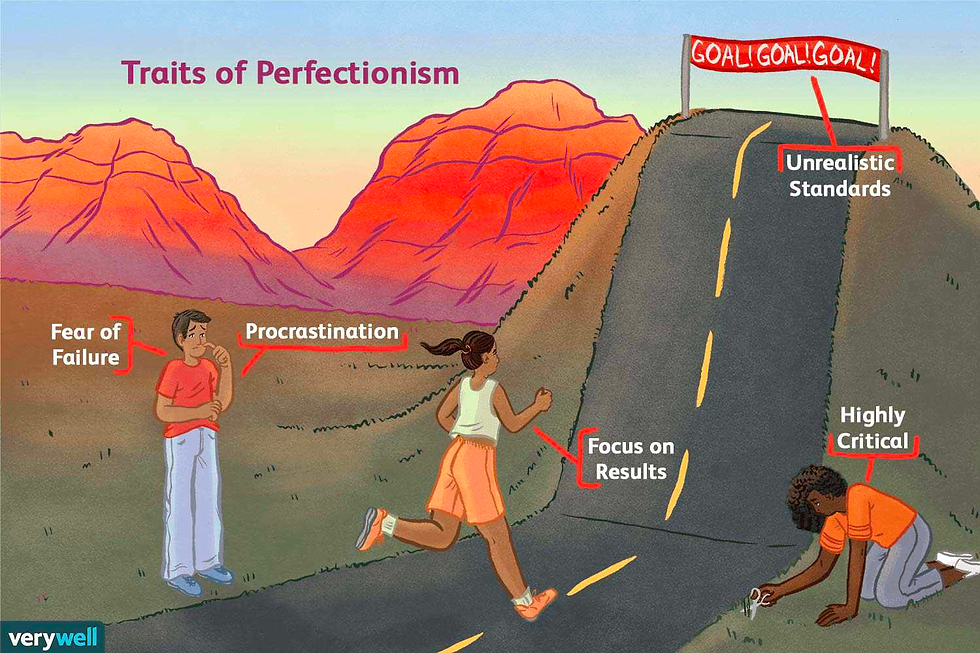The Death of Counterculture in Subculture
- irhsridgereport
- Sep 16, 2021
- 3 min read
Updated: Jan 3, 2022
Pop Culture Corner
Olivia Di Meo

Of all the infatuations that seem to rotate the ever-revolving door of pop culture, one particularly anomalous trend as of recent has brought puzzled eyes along with it. Whereas a trend can be described as something popular and stylish latterly, subcultures are often something that often moves against such. In recent years however, subculture has been somewhat of a trend in itself.
What is a Subculture?
While some people are highly afraid of not fitting in, for others it's something to be proud of. The opportunity to be different from peers is something many teenagers fight for, especially in a world where media (often misogynistically) portrays all youth of today in the same cookie cutter molds. Throughout the past century, these people were often inducted into subcultures. A subculture is a group of people that share similar values and interests that are usually different to society's normal. These crowds tend to stay relatively the same over time, as opposed to the ever-changing trends of the commonwealth. The most prominent subcultures that have withstood the test of time include Punk and Hippie. These groups were and still are often outcast and ridiculed. They are also some of the subcultures that tend to overlap with counterculture.
Loss of Meaning
Newer subcultures that have emerged in the past few decades include skaters, hypebeasts, and roadmen. These recent developments in subculture have displayed its further separation from counterculture and political meaning. While hippies often fought for a world without war, and punks often fought for anti-establishment and personal freedom, almost all contemporary subcultures have no relation to any political ideologies at all. This along with social media has led to a loss of meaning and history behind many subcultures. The rose-coloured lenses that social media provides the general public with have contributed greatly to the new era of counterculture. Social media frequently shares images without telling the full story behind them, which can lead to misunderstandings and the sharing of misinformation. When many of today's teenagers search for a subculture to affiliate with, they often end up romanticizing the fashion and imagery of the group while ditching any political views the subculture upholds, or even trying to associate their own views with the subculture. This has been a relatively controversial topic throughout the past few decades, but in the current age of social media especially. Some have the belief that a subculture's imagery can be separated from the counterculture itself, while others strongly disagree.
A New Generation of Subculture
This has inadvertently created a new subculture in a way. This association of primarily teenagers and young adults that strive to separate the imagery of certain subcultures from their history and meaning, have formed their own similar beliefs, values, and imagery. Often referred to as an "aesthetic", the newest trend among youth appears to be belonging to one of these new subcultures found on social media. Although much less well-known than several older subcultures, these online categories such as "E-kid", "Cottagecore", and "Y2K" have amassed many followers. These groups are known to often borrow many aspects of their fashion and ideal lifestyles from older, more established subcultures, sans the politics behind them.
Thoughts on the Future
While it seems subcultures will live on for many years to come, their set political values seem to be fading. While counterculture still lives on among the many political movements all around the world, it currently seems to have lost most of its relation to subculture. In the unpredictable year of 2021 however, who knows when the two will once again overlap.







Comments